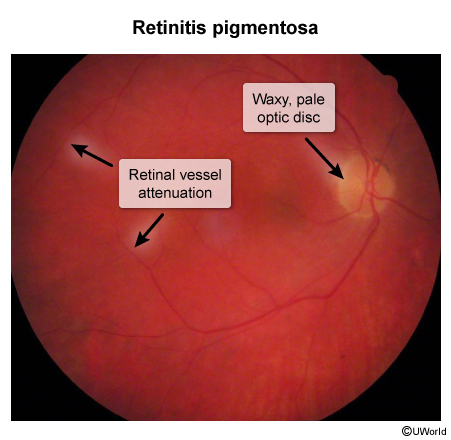Retinitis Pigmentosa
Article Sections
Introduction
Retinitis pigmentosa is a genetic disorder characterized by progressive retinal degeneration involving the photoreceptors (eg, rods, cones) and pigmented epithelium, leading to visual impairment and potential blindness. It is one of the most common forms of inherited retinal dystrophies, affecting approximately 1 in 4,000 people worldwide.
Pathophysiology and risk factors
Retinitis pigmentosa occurs due to progressive degeneration of retinal cells (eg, rods, cones) caused by mutations in genes responsible for maintaining their structure and function. Because rods are highly metabolic, they degenerate first, followed by cones and cells within the pigmented epithelium. As the pigmented epithelium degenerates, the cells release pigment that forms deposits in a characteristic bone-spicule pattern visible on retinal examination. In addition, histopathological examination of the retina demonstrates thinning of the outer nuclear layer and loss of photoreceptor cells.
Continue Learning with UWorld
Get the full Retinitis Pigmentosa article plus rich visuals, real-world cases, and in-depth insights from medical experts, all available through the UWorld Medical Library.
Figures
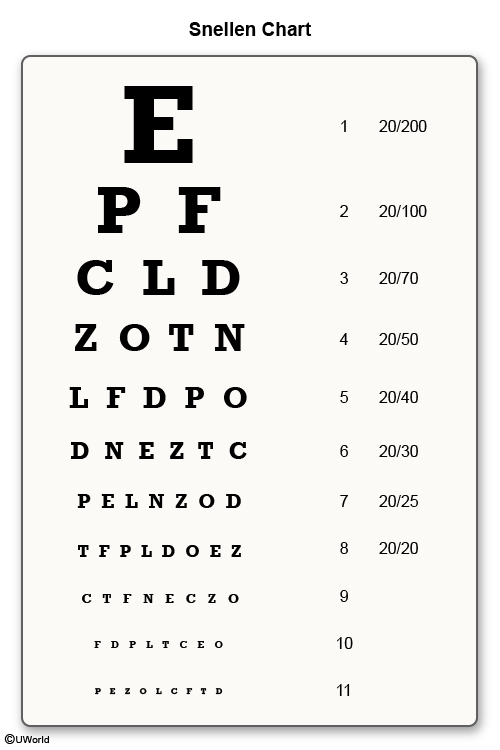
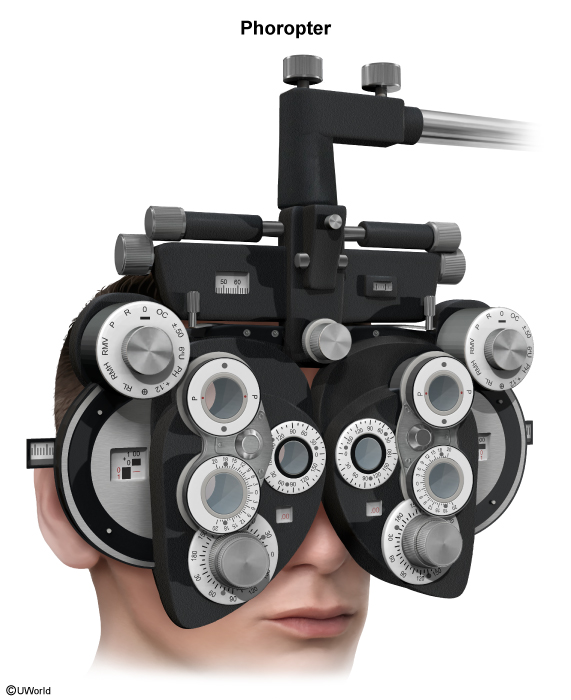
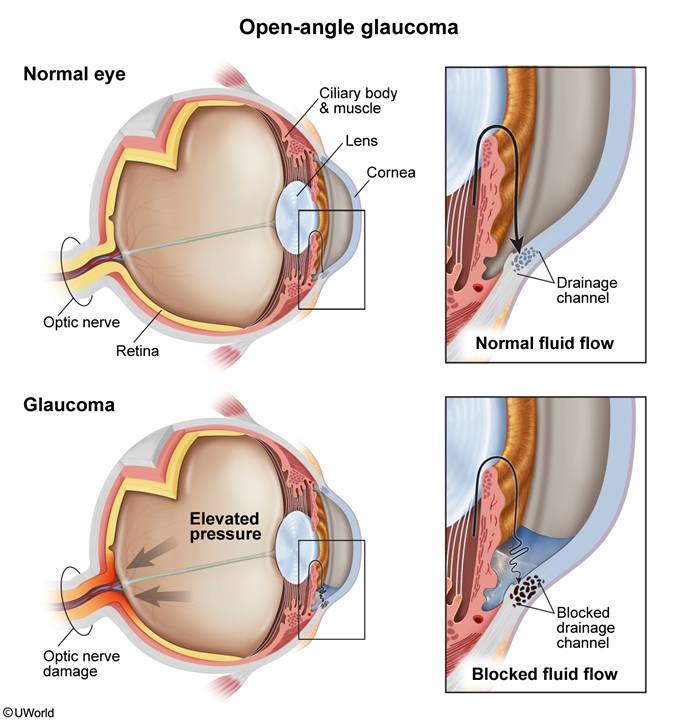
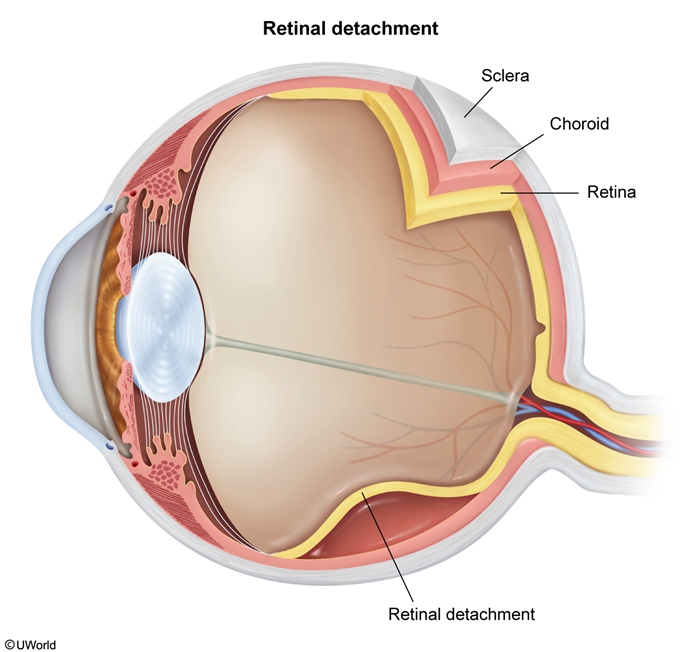
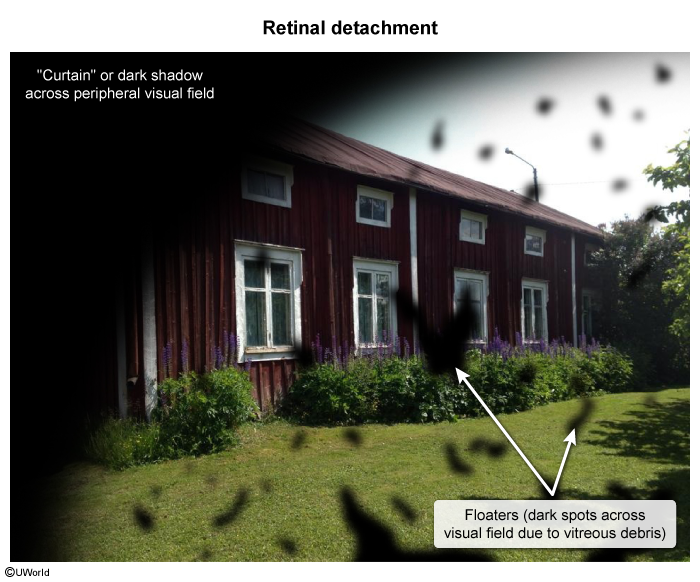
Images
